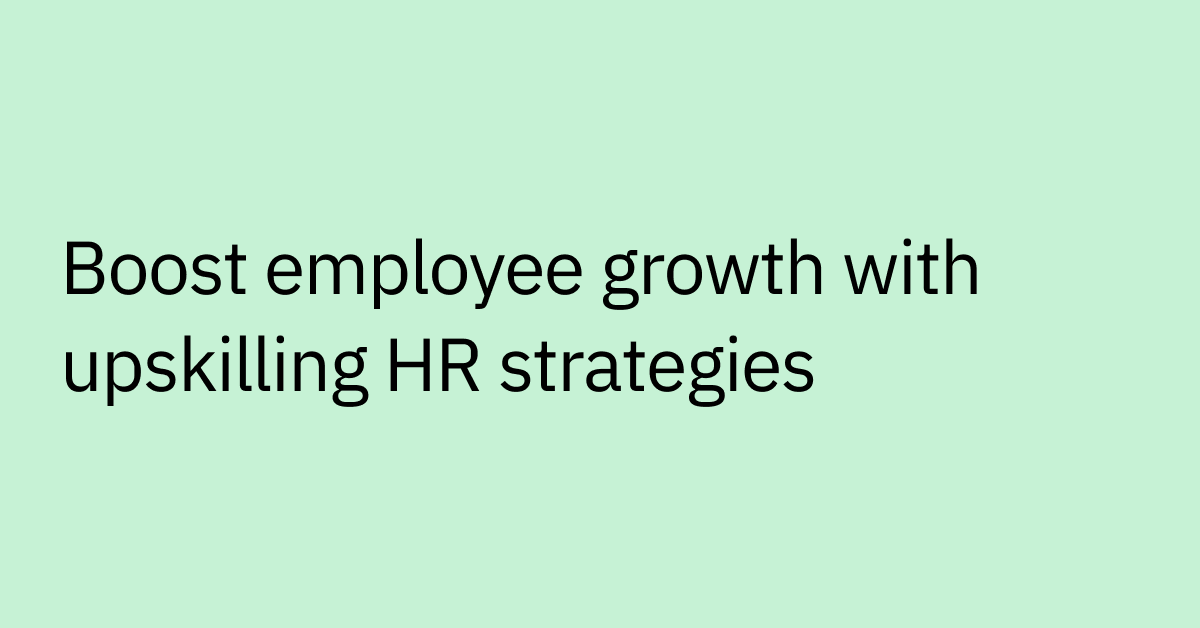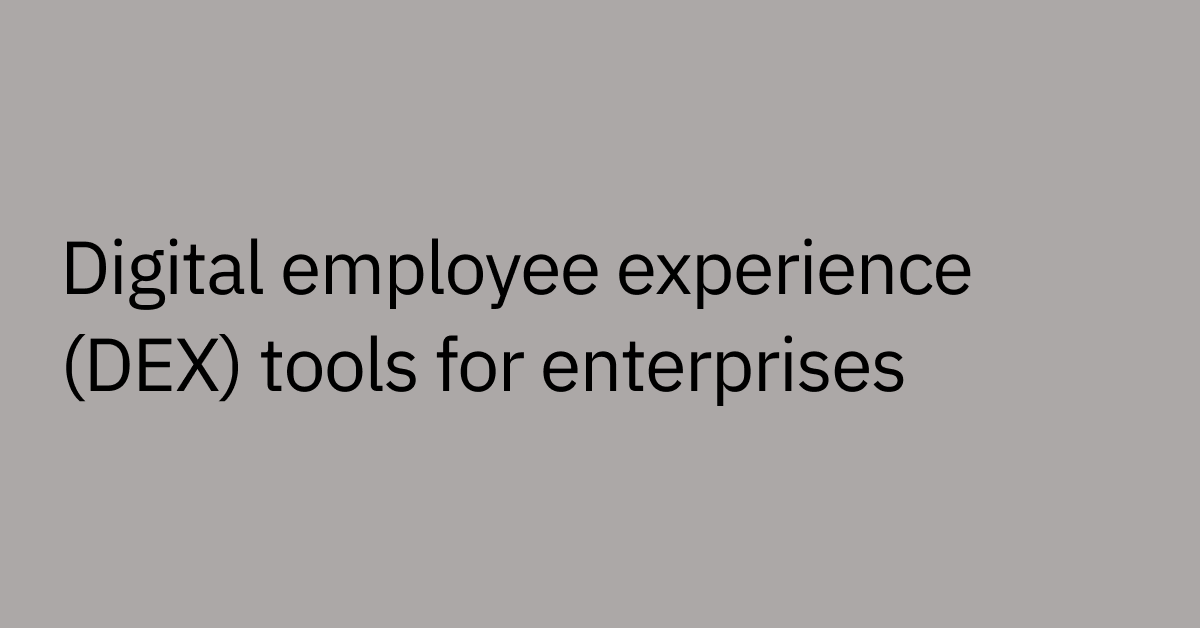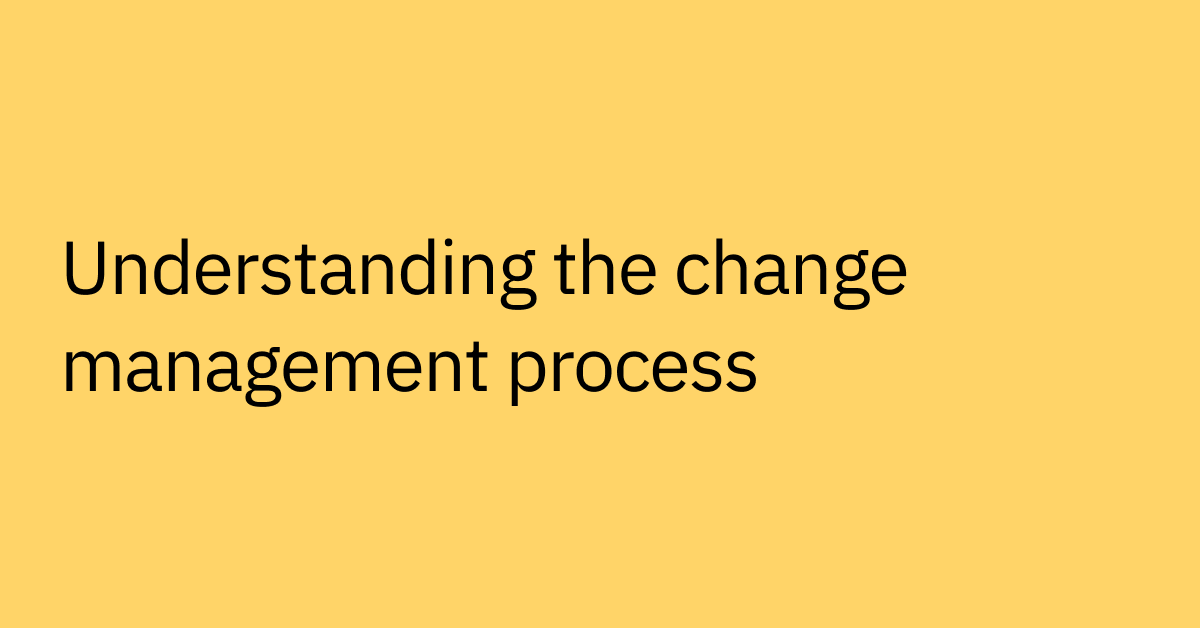Table of contents
The GPT-5 large language model stands out for delivering state-of-the-art reasoning without the slow latency seen in past reasoning models. Better reasoning (i.e. thinking and decision making) represents a major leap for agentic tasks, offering improved instruction following, more effective plugin (tool) use, and significantly fewer hallucinations.
At Moveworks, we work with a wide range of large language models. These LLMs are both open-source and proprietary, from leading foundational model labs and optimized for different enterprise use cases.
Today we are actively testing GPT-5 in our AI Assistant and already seeing strong results. We’re also evaluating GPT-5 with QuickGPT and beginning to make it available via our ambient agents in limited preview.
Crucially, GPT-5’s built-in reasoning doesn’t come at the expense of speed, unlocking new use cases across our platform.
We’re excited to share what GPT-5 will mean for the Moveworks Assistant, how we are evaluating this model, and how our customers will be able to unlock even greater productivity.
GPT-5 and the Moveworks AI Assistant
GPT-5’s biggest potential impact at Moveworks starts with our AI Assistant. This Assistant is powered by our agentic Reasoning Engine and GPT-5 will help take it to the next level. With sharper reasoning, the model will be able to automate even more work for employees, tackling existing use cases with greater consistency, and unlocking brand new ones.
Its improved planning lets it handle complex, multi-step requests with ease. It will also use plugins (i.e. AI agent capabilities) more often and pick the right one more reliably, delivering smoother, more consistent experiences. It contains everything needed to execute a specific task or business process. And with stronger instruction following, both built-in and developer-built plugins will run more reliably than ever.
Our GPT-5 evaluation process
To evaluate GPT-5, we started with one of our go-to methods: a simple drop-in model replacement. It’s the fastest way to get a side-by-side read on behavior (and on the scope of work to migrate without regressions) and fully unlock the model’s capabilities.
We sample representative agentic decisions, configure them for the new model, rerun the simulated requests and compare the runs across a mix of deterministic and LLM-based metrics.
Later on, we layer in deeper evaluations — golden test cases, multi-turn user simulations, and engineering benchmarking — to verify each use case, like we did with our last Reasoning Engine upgrade.
Even without prompt or context optimization, early drop-in results were strong:
- Plugin calls rose 8%, driven largely by more multi-plugin behavior; GPT-5 called more relevant plugins in parallel to solve requests faster.
- SmartHandoffPlugin calls fell 48%, indicating the model was more likely to fully explore available solutions before escalating requests to other avenues for help.
- Responses were 14% longer on average and cited 39% more resources. On review, the extra length reflected higher information density, not just added verbosity.
- In QandA, answers shifted from search-style snippets to analyst-grade write-ups with clearer step-by-step logic.
Why we’re excited for a GPT-5-powered Reasoning Engine
To ensure a seamless and safe transition, we're conducting rigorous model testing and evaluation to validate performance, mitigate risks, and uphold our high standards for accuracy and reliability.
Looking forward, we're excited to integrate GPT-5 into our agentic reasoning architecture — its enhanced reasoning capabilities will fundamentally improve our AI Assistant for millions of employees around the world.
This upgrade will enable us to tackle complex use cases with greater precision while reducing hallucinations and delivering more reliable results. Ultimately, we aim to unlock the full potential of these advancements without sacrificing performance, giving every user a powerful and trustworthy experience.
Why we’re excited for a GPT-5-powered Reasoning Engine
To ensure a seamless and safe transition, we're conducting rigorous model testing and evaluation to validate performance, mitigate risks, and uphold our high standards for accuracy and reliability.
Looking forward, we're excited to integrate GPT-5 into our agentic reasoning architecture — its enhanced reasoning capabilities will fundamentally improve our AI Assistant for millions of employees around the world.
This upgrade will enable us to tackle complex use cases with greater precision while reducing hallucinations and delivering more reliable results. Ultimately, we aim to unlock the full potential of these advancements without sacrificing performance, giving every user a powerful and trustworthy experience.
Leverage GPT-5 further within the Moveworks platform
The Reasoning Engine powering the Moveworks AI Assistant is one of many AI-powered parts of the Moveworks platform. Individual plugins available for the Reasoning Engine to use to solve employee requests often also leverage LLMs.
One of these plugins is Quick GPT. This feature allows employees to access ChatGPT-like capabilities right within the Moveworks AI Assistant, eliminating the need to ping-pong between additional point solutions for everyday AI use cases like content generation, web search, general QandA for troubleshooting, etc.
Today, this plugin leverages GPT-4o to allow for maximum versatility for users. However, similar to our evaluation process for model upgrades that affect the Moveworks Reasoning Engine, we’re currently conducting evaluations to understand how GPT-5 can improve the utility of this plugin for the many thousands of employees who rely on it daily to be maximally productive at work.
Ambient agents: Get started with GPT-5 with Moveworks today
GPT-5 is coming soon to the Moveworks Reasoning Engine and to Quick GPT, but customers can get access to GPT-5 with Agent Studio created ambient agents today.
Moveworks ambient agents proactively monitor enterprise systems through webhooks, pollers, and scheduled jobs, transforming raw events into completed tasks without requiring third-party middleware. The integration of GPT-5 allows these agents to perform more advanced decision-making processes and uplevels their content generation capabilities.
Ready to get started? The fastest way to deploy GPT-5 with Moveworks is via ambient agents, currently in limited preview.
- Currently a Moveworks customer? Sign up for the limited preview program here via the Moveworks Community.
- Not yet a Moveworks customer? If you'd like to see how GPT-5 and other LLMs can help employees be more productive, sign up for a demo today.



